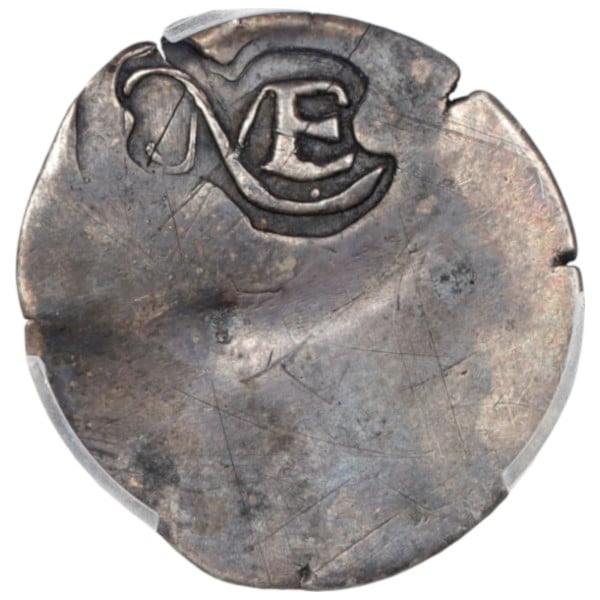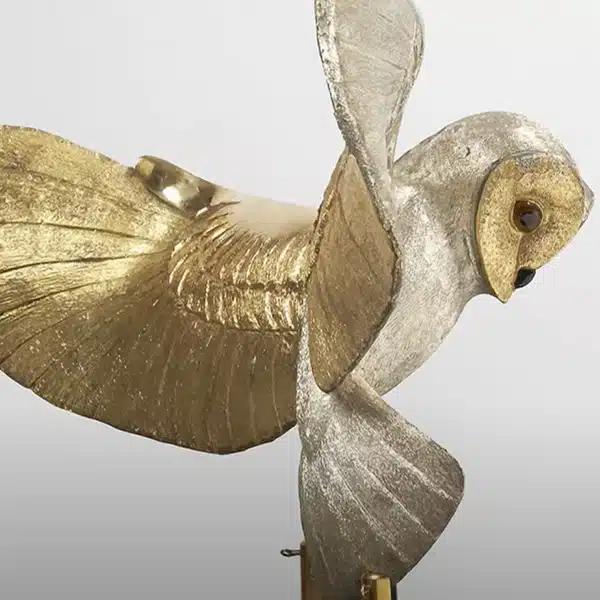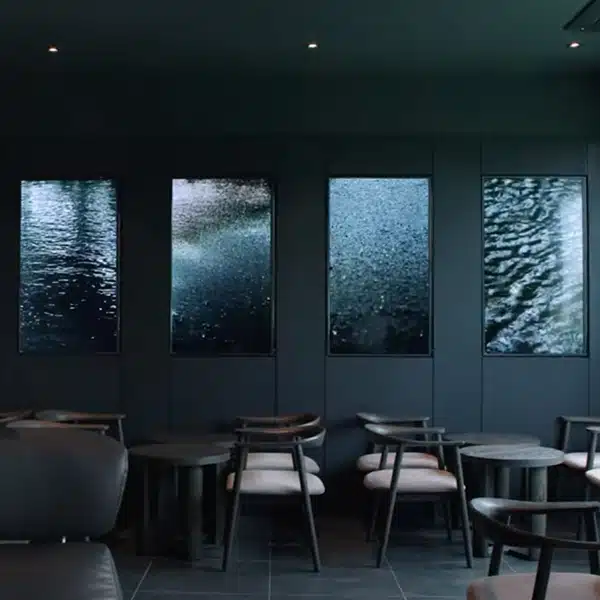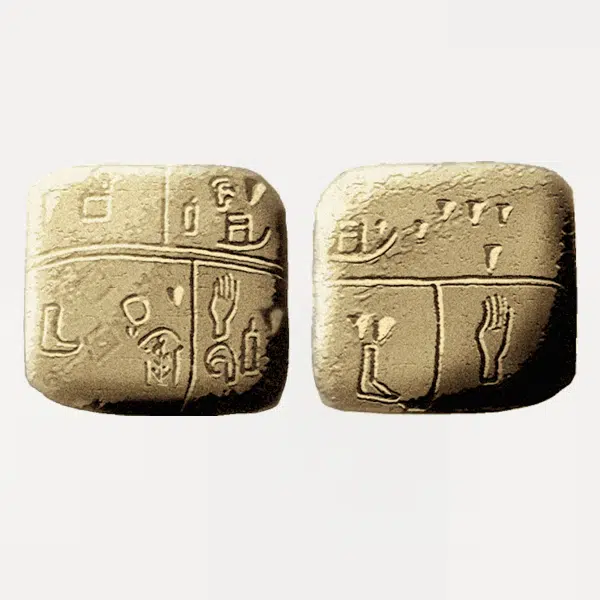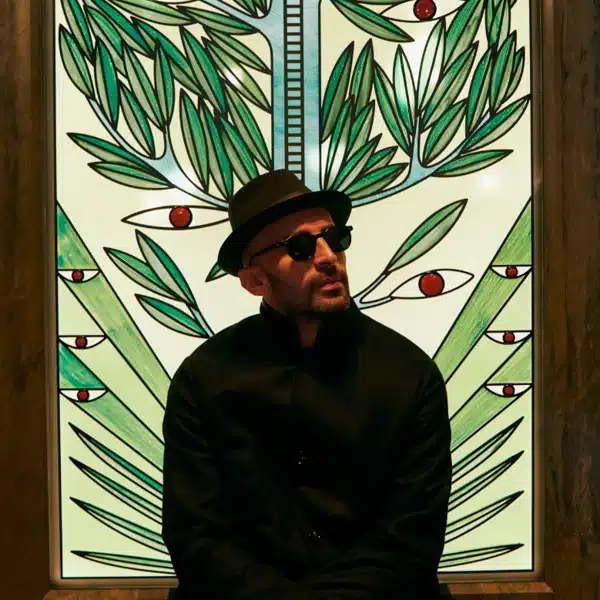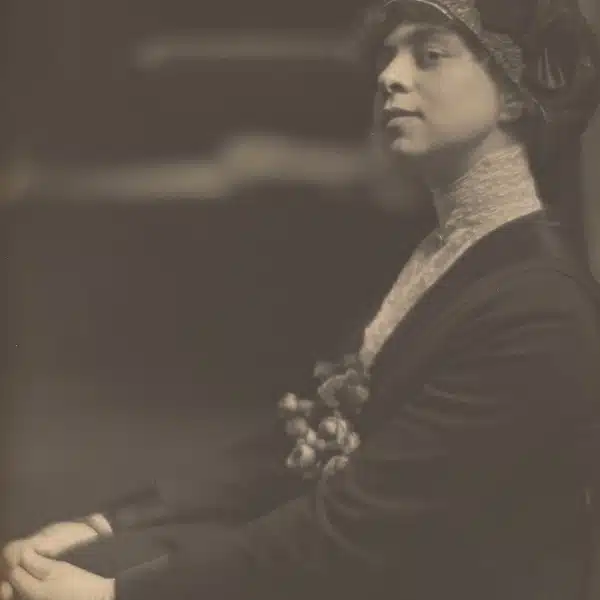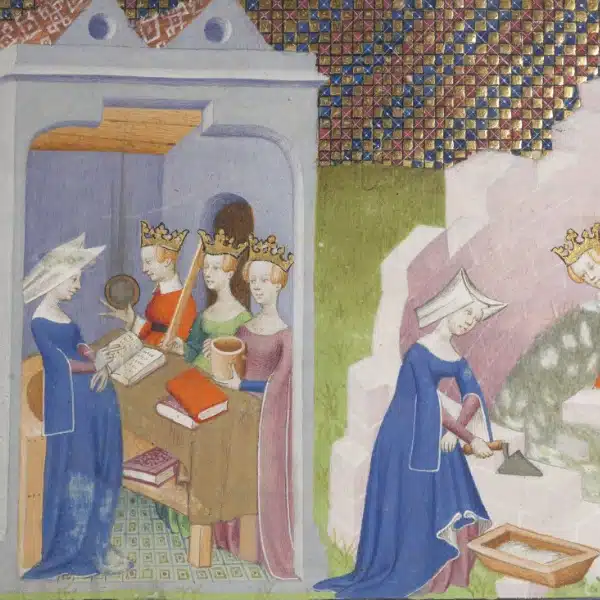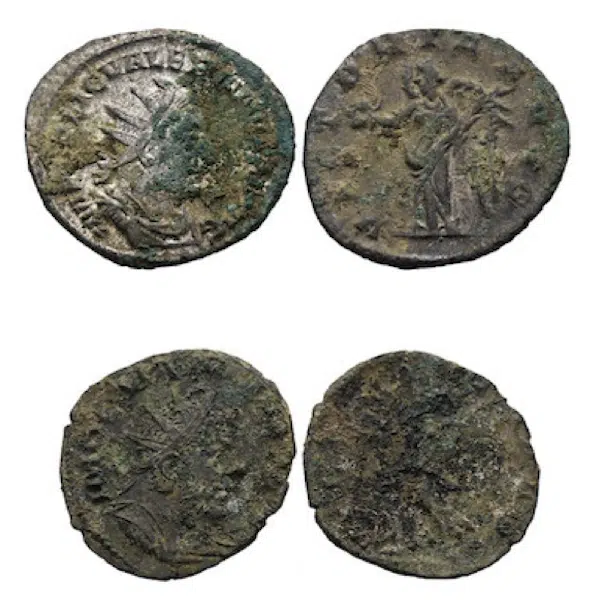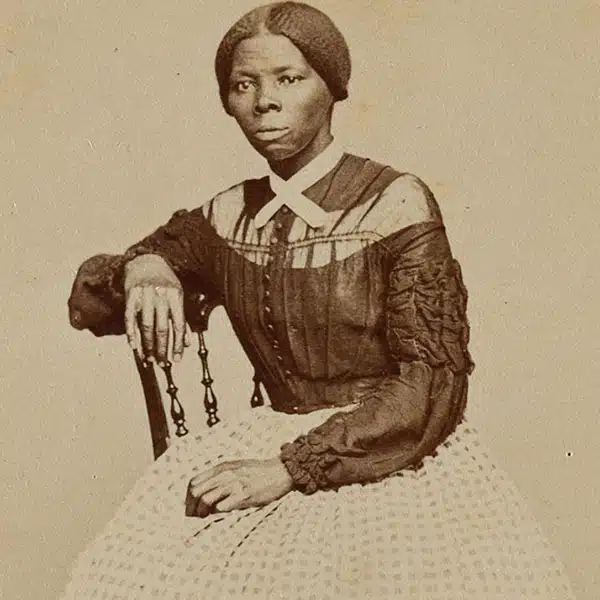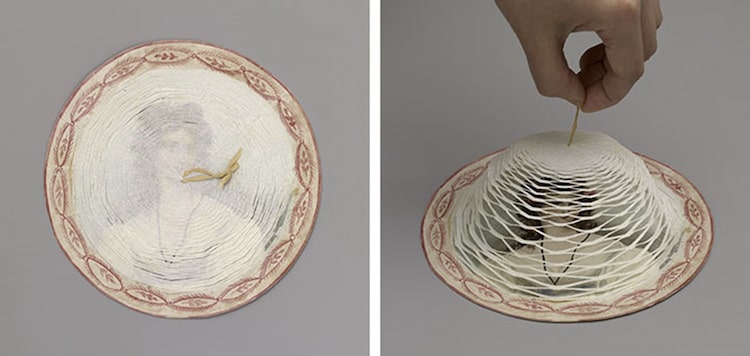
Anonymous (American or British, 19th century). Cobweb valentine, 1830–40. Watercolor, cut tissue on board, Diameter: 6 1/2 in. (16.5 cm). (Photo: The Metropolitan Museum of Art, New York, Gift of Mrs. Richard Riddell, 1981.)
A peek inside the Metropolitan Museum of Art's Department of Drawing and Prints reveals a sweet surprise for Valentine's Day—nearly 200 years ago. Among the vast collection are historic valentines from the United States and Europe that speak to a time when sending cards reached its apex.
In the 19th century, with commercially printed cards now available, sending and receiving gifts and notes for Valentine's Day became a hallmark of Victorian life. And as such, increasingly intricate cards were developed to help lovers send a special message.
One of the most interesting types of cards produced in the mid-19th century is called a cobweb valentine, which is also known as beehives, flower cages, or birdcages. Both handmade and purchased, intricate patterns were carefully cut into a thin piece of paper. A moveable valentine, a small thread tied to the end of the circular cut pattern would allow the recipient to pull the paper layer upward, revealing a secret image.
Learn more about the popular Victorian-era movable valentine that combined artistry with paper engineering.
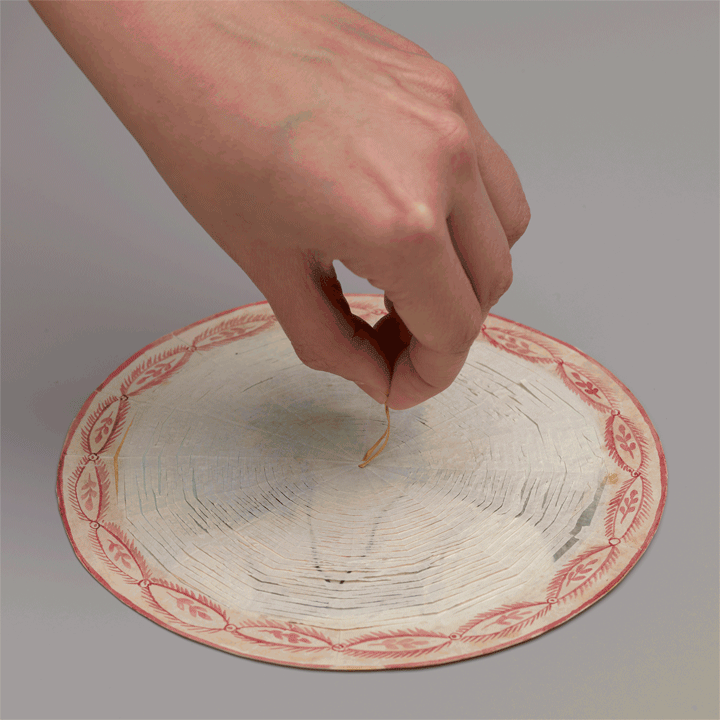
Anonymous (American or British, 19th century). Cobweb valentine, 1830–40. Watercolor, cut tissue on board, Diameter: 6 1/2 in. (16.5 cm). (Photo: The Metropolitan Museum of Art, New York, Gift of Mrs. Richard Riddell, 1981.)
The Romance of Cobweb Valentines
Cobweb valentines were a popular way to say “I love you.” It's estimated that 60,000 were sent during the mid-1800s, particularly in the 1830s and 1840s. At first glance, these cards looked like two-dimensional illustrations on cameo-embossed paper. Although elaborate, it appeared that was it. But, the attached string would change things.
So, how did these tokens of affection work? The most striking of the historic cobweb valentine revealed an image when a string was pulled and expanded the design. To make it easily movable, a webbed pattern was cut from thin tissue paper with a ribbon affixed to the top that invited the recipient to tug to see what was below. One of the most complex cobweb cards in The Met's collection actually has its web hidden inside a neatly folded paper compartment.
All the cards, sprinkled with symbol flowers, romantic landscapes, and portraits of young women, speak to a time and tradition uniquely Victorian. Thanks to avid collectors, we can use these treasures to remember the cultural traditions of times past.
Examples of Movable Valentines

Anonymous (American, 19th century). Cobweb valentine, 1847. Wood engraving, letterpress, and watercolor, Sheet: 10 1/16 x 8 11/16 in. (25.5 x 22 cm). (Photo: The Metropolitan Museum of Art, New York, Gift of Mrs. Richard Riddell, 1981.)
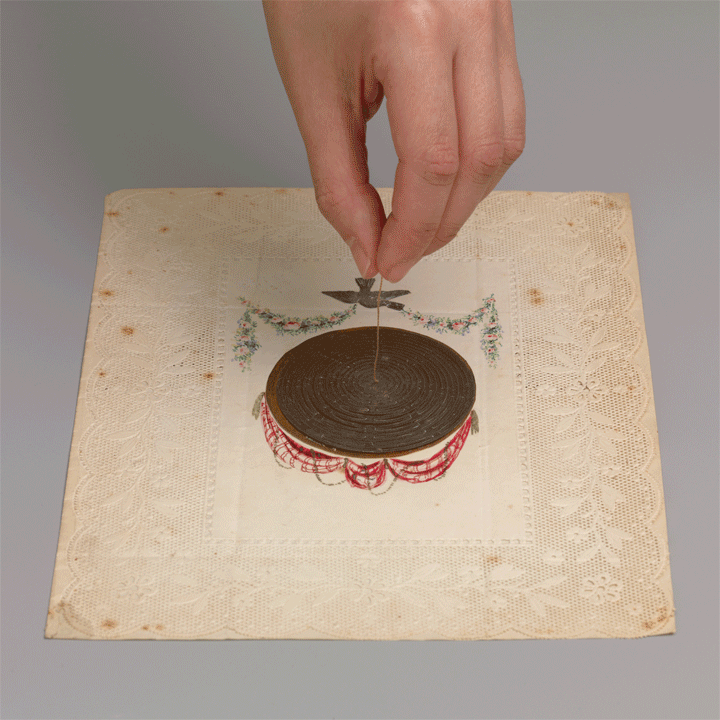
Photo: The Metropolitan Museum of Art
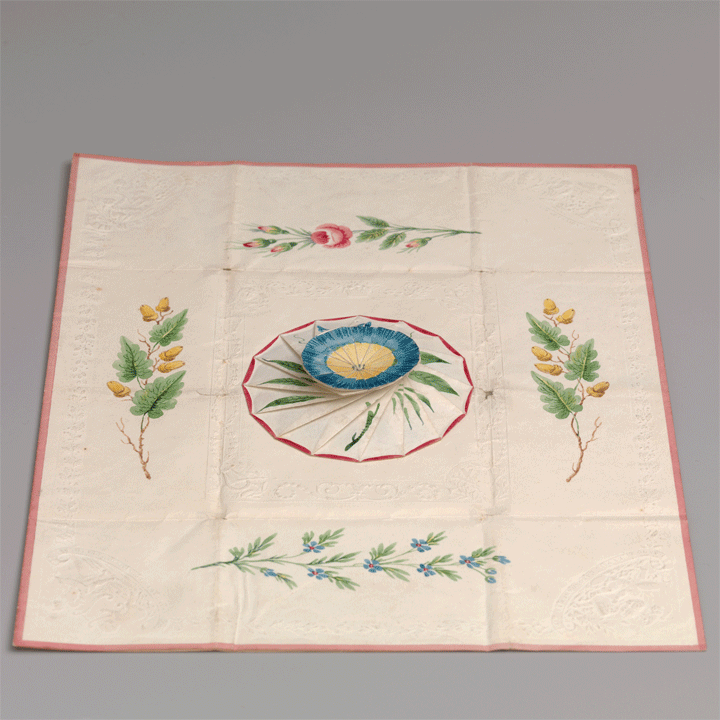
Photo: The Metropolitan Museum of Art
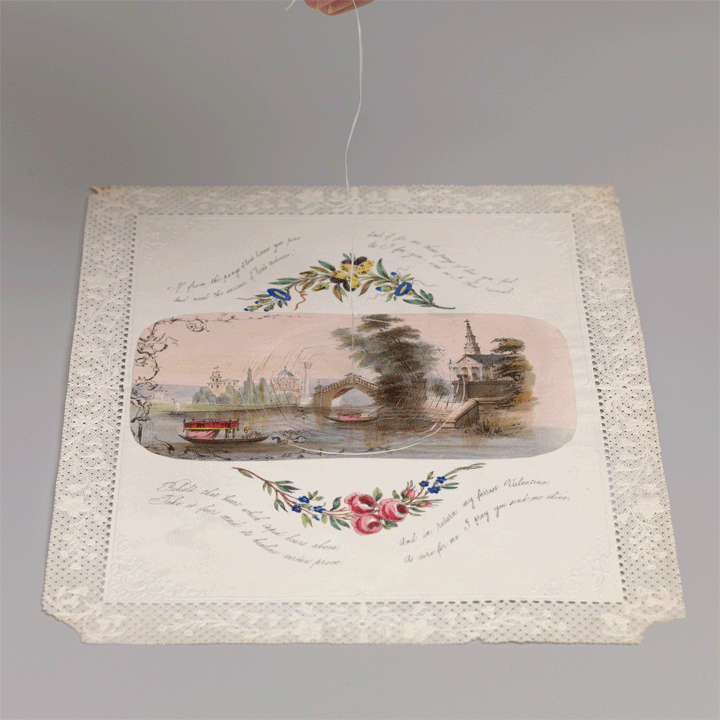
Photo: The Metropolitan Museum of Art
DIY Cobweb Valentine Tutorial
h/t: [Met Museum]
This article has been edited and updated.
Related Articles:
Valentine’s Day: The Unromantic Origins of This Romantic Holiday
Circling the Zoetrope, a Victorian Animation Toy That Helped Shape the Future of Cinema
Victorian-Era Color Theory Manual Reissued for the First Time in 115 Years











































































